 Welcome
Welcome
“May all be happy, may all be healed, may all be at peace and may no one ever suffer."
Endometriosis
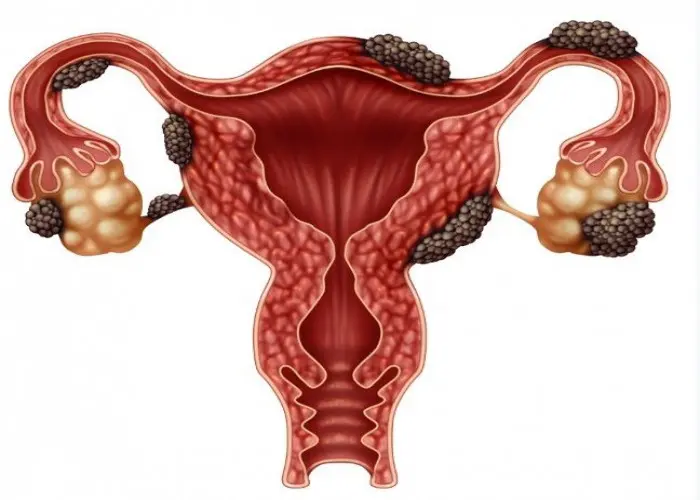
Endometriosis is a condition in which tissue similar to the lining of the uterus (the endometrium) grows outside of the uterus, on other organs in the pelvis, such as the ovaries, fallopian tubes, or bladder. This tissue may continue to act as it normally would in the uterus, thickening, breaking down, and bleeding each month during menstruation.
Endometriosis can cause pelvic pain, painful periods, painful intercourse, infertility, and other symptoms. The exact cause of endometriosis is not known, but it is thought to be related to hormonal and genetic factors. Women who have a family history of endometriosis or who have never been pregnant may be at higher risk of developing the condition.
Diagnosis of endometriosis usually involves a combination of medical history, physical examination, and imaging tests, such as ultrasound or MRI. Laparoscopy, a minimally invasive surgical procedure in which a small camera is inserted through a tiny incision in the abdomen, may be necessary to confirm the diagnosis and remove any endometriotic tissue.
Treatment for endometriosis typically involves pain management, hormonal therapy, or surgery. Pain management may include over-the-counter or prescription pain relievers, such as nonsteroidal anti-inflammatory drugs (NSAIDs), and other medications that help manage pain and inflammation. Hormonal therapy, such as birth control pills, can help regulate the menstrual cycle and reduce the growth of endometrial tissue. Surgery may be necessary to remove endometriotic tissue and to improve fertility in some cases.
Endometriosis is a chronic condition, and there is currently no cure. However, with appropriate treatment and management, most women with endometriosis can manage their symptoms and lead full, healthy lives.
Research Papers
Disease Signs and Symptoms
- Pelvic pain
- Pain during or after sex is common with endometriosis.
- Nausea or vomiting
- Fatigue (Tiredness)
- Infertility
- Frequent bowel movements
- Painful sexual intercourse (dyspareunia)
- Abdomen pain
- Painful menstrual periods
- Excessive bleeding in menstrual periods
Disease Causes
Endometriosis
Although the exact cause of endometriosis is not certain, possible explanations include:
- Retrograde menstruation. In retrograde menstruation, menstrual blood containing endometrial cells flows back through the fallopian tubes and into the pelvic cavity instead of out of the body. These endometrial cells stick to the pelvic walls and surfaces of pelvic organs, where they grow and continue to thicken and bleed over the course of each menstrual cycle.
- Transformation of peritoneal cells. In what's known as the "induction theory," experts propose that hormones or immune factors promote transformation of peritoneal cells — cells that line the inner side of your abdomen — into endometrial-like cells.
- Embryonic cell transformation. Hormones such as estrogen may transform embryonic cells — cells in the earliest stages of development — into endometrial-like cell implants during puberty.
- Surgical scar implantation. After a surgery, such as a hysterectomy or C-section, endometrial cells may attach to a surgical incision.
- Endometrial cell transport. The blood vessels or tissue fluid (lymphatic) system may transport endometrial cells to other parts of the body.
- Immune system disorder. A problem with the immune system may make the body unable to recognize and destroy endometrial-like tissue that's growing outside the uterus.
Disease Prevents
Disease Treatments
Treatment for endometriosis usually involves medication or surgery. The approach you and your doctor choose will depend on how severe your signs and symptoms are and whether you hope to become pregnant.
Doctors typically recommend trying conservative treatment approaches first, opting for surgery if initial treatment fails.
Pain medication
Your doctor may recommend that you take an over-the-counter pain reliever, such as the nonsteroidal anti-inflammatory drugs (NSAIDs) ibuprofen (Advil, Motrin IB, others) or naproxen sodium (Aleve) to help ease painful menstrual cramps.
Your doctor may recommend hormone therapy in combination with pain relievers if you're not trying to get pregnant.
Hormone therapy
Supplemental hormones are sometimes effective in reducing or eliminating the pain of endometriosis. The rise and fall of hormones during the menstrual cycle causes endometrial implants to thicken, break down and bleed. Hormone medication may slow endometrial tissue growth and prevent new implants of endometrial tissue.
Hormone therapy isn't a permanent fix for endometriosis. You could experience a return of your symptoms after stopping treatment.
Therapies used to treat endometriosis include:
- Hormonal contraceptives. Birth control pills, patches and vaginal rings help control the hormones responsible for the buildup of endometrial tissue each month. Many have lighter and shorter menstrual flow when they're using a hormonal contraceptive. Using hormonal contraceptives — especially continuous-cycle regimens — may reduce or eliminate pain in some cases.
- Gonadotropin-releasing hormone (Gn-RH) agonists and antagonists. These drugs block the production of ovarian-stimulating hormones, lowering estrogen levels and preventing menstruation. This causes endometrial tissue to shrink. Because these drugs create an artificial menopause, taking a low dose of estrogen or progestin along with Gn-RH agonists and antagonists may decrease menopausal side effects, such as hot flashes, vaginal dryness and bone loss. Menstrual periods and the ability to get pregnant return when you stop taking the medication.
- Progestin therapy. A variety of progestin therapies, including an intrauterine device with levonorgestrel (Mirena, Skyla), contraceptive implant (Nexplanon), contraceptive injection (Depo-Provera) or progestin pill (Camila), can halt menstrual periods and the growth of endometrial implants, which may relieve endometriosis signs and symptoms.
- Aromatase inhibitors. Aromatase inhibitors are a class of medicines that reduce the amount of estrogen in your body. Your doctor may recommend an aromatase inhibitor along with a progestin or combination hormonal contraceptive to treat endometriosis.
Conservative surgery
If you have endometriosis and are trying to become pregnant, surgery to remove the endometriosis implants while preserving your uterus and ovaries (conservative surgery) may increase your chances of success. If you have severe pain from endometriosis, you may also benefit from surgery — however, endometriosis and pain may return.
Your doctor may do this procedure laparoscopically or, less commonly, through traditional abdominal surgery in more-extensive cases. Even in severe cases of endometriosis, most can be treated with laparoscopic surgery.
In laparoscopic surgery, your surgeon inserts a slender viewing instrument (laparoscope) through a small incision near your navel and inserts instruments to remove endometrial tissue through another small incision. After surgery, your doctor may recommend taking hormone medication to help improve pain.
Fertility treatment
Endometriosis can lead to trouble conceiving. If you're having difficulty getting pregnant, your doctor may recommend fertility treatment supervised by a fertility specialist. Fertility treatment ranges from stimulating your ovaries to make more eggs to in vitro fertilization. Which treatment is right for you depends on your personal situation.
Hysterectomy with removal of the ovaries
Surgery to remove the uterus (hysterectomy) and ovaries (oophorectomy) was once considered the most effective treatment for endometriosis. But endometriosis experts are moving away from this approach, instead focusing on the careful and thorough removal of all endometriosis tissue.
Having your ovaries removed results in menopause. The lack of hormones produced by the ovaries may improve endometriosis pain for some, but for others, endometriosis that remains after surgery continues to cause symptoms. Early menopause also carries a risk of heart and blood vessel (cardiovascular) diseases, certain metabolic conditions and early death.
Removal of the uterus (hysterectomy) can sometimes be used to treat signs and symptoms associated with endometriosis, such as heavy menstrual bleeding and painful menses due to uterine cramping, in those who don't want to become pregnant. Even when the ovaries are left in place, a hysterectomy may still have a long-term effect on your health, especially if you have the surgery before age 35.
Finding a doctor with whom you feel comfortable is crucial in managing and treating endometriosis. You may want to get a second opinion before starting any treatment to be sure you know all of your options and the possible outcomes.
Disease Diagnoses
Disease Allopathic Generics
Disease Ayurvedic Generics
Disease Homeopathic Generics
Disease yoga
Endometriosis and Learn More about Diseases
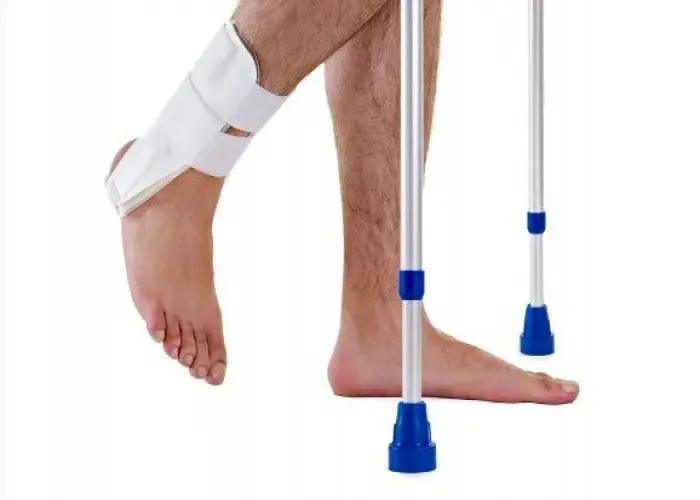
Foot drop
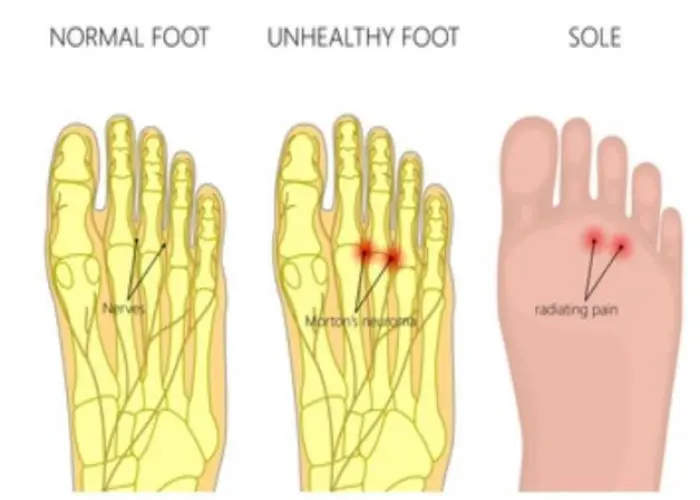
Benign peripheral nerve tumor

Diabetic ketoacidosis (DKA)
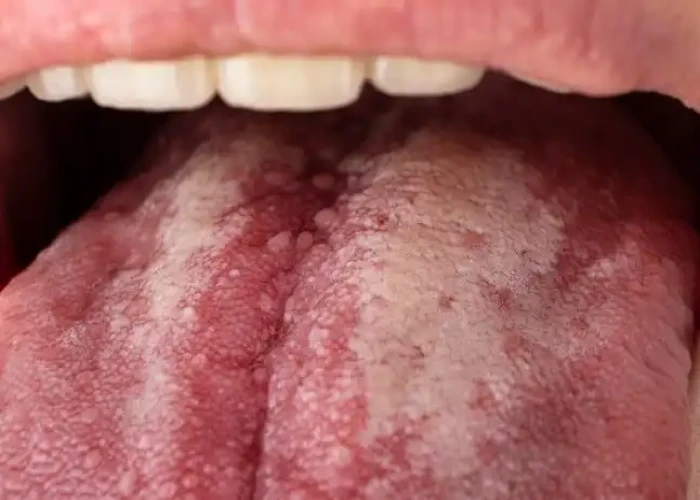
Tongue cancer

Rheumatic fever
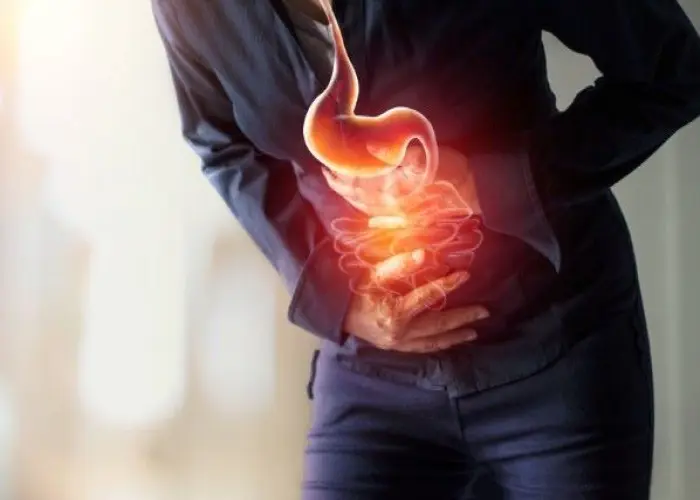
Indigestion
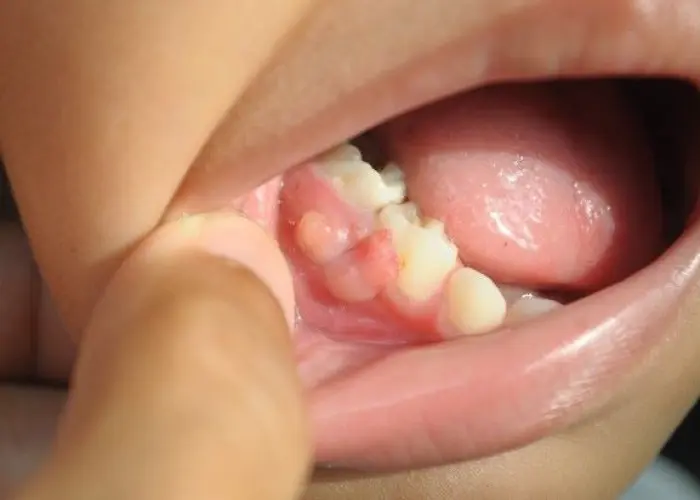
Gum Boil

Desmoplastic small round cell tumors
endometriosis, এন্ডোমেট্রিওসিস
To be happy, beautiful, healthy, wealthy, hale and long-lived stay with DM3S.
